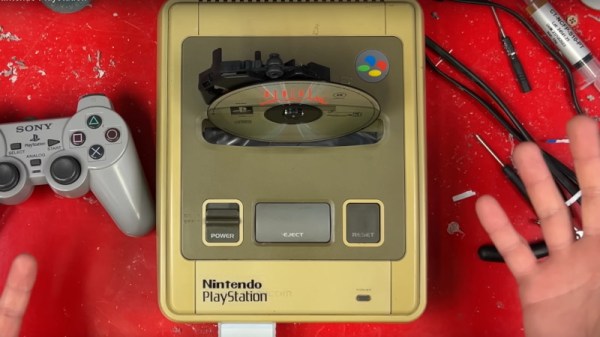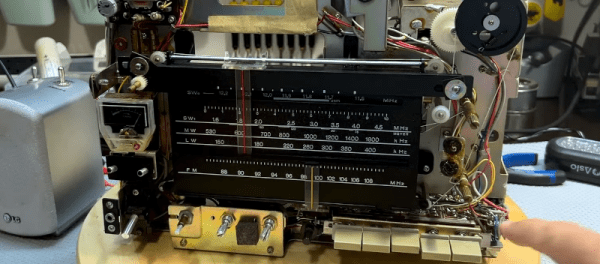You consider yourself a power user. You’ve got lots of files, and damn it, you like to keep them backed up. Around a decade ago, you gave up on burning optical discs, and switched to storing your files on portable hard drives. One local, one off-site, and a cloud backup just to be sure. You’re diligent for a home gamer, and that gets you done.
The above paragraph could describe any number of Hackaday readers, but what of bigger operations? Universities, businesses, and research institutions all have data budgets far in excess of what the individual could even imagine. What might shock you is that some of them are relying on optical media—just not the kind you’ve ever heard of before. Enter Sony’s Optical Disc Archive.
Continue reading “Meet The Optical Data Format You’ve Never Heard Of Before”








 In building a new lens for the Open Sauce ’23 event, [scealux] wanted to get variable aperture working, while also improving focus speed. The lens was also intended for use with a Sony A7R3. Unlike his previous effort, this lens would only work on the full-frame Sony FE mount cameras.
In building a new lens for the Open Sauce ’23 event, [scealux] wanted to get variable aperture working, while also improving focus speed. The lens was also intended for use with a Sony A7R3. Unlike his previous effort, this lens would only work on the full-frame Sony FE mount cameras.









